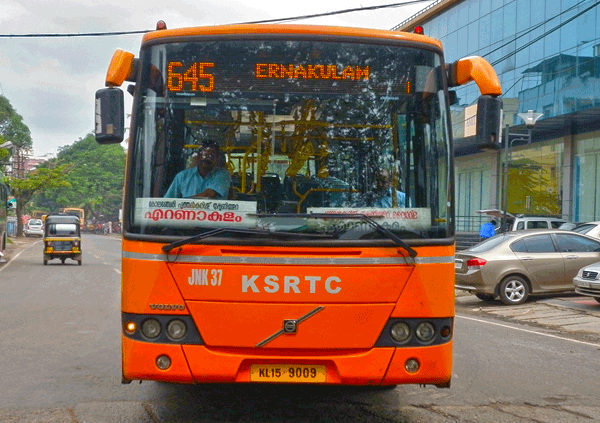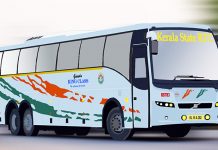The loss-making KSRTC was made poorer by Rs 24 crore, thanks to the 320 semi low-floor buses sanctioned under the Jawaharlal Nehru National Urban Renewable Mission (JNNURM) two years ago.
While the loss in 2011-12 was Rs 8.44 crore, the loss in 2012-13 touched Rs 15.56 crore, even after the much touted inter-city services in the state.
“JNNURM buses earn income from ticket collection and renting out to private parties. We clocked an income of Rs 61.16 crore in 2011-12 and Rs 78.52 crore in 2012-13. However, our expenditure stood at Rs 69.6 crore in 2011-12 and Rs 94.09 crore in 2012-13. Though we had improved our ticket collection by introducing inter-city services, it should be admitted that our efforts to increase the revenue proved futile,” said a senior KSRTC officer. The officer added that protest from Thiruvananthapuram and Eranakulam city corporations prevented them from diverting more Volvo buses for inter-city services, which is still a profitable service.
Over 40% revenue is spent on salary and pension. Another 40% is spent on diesel. Other expenses are including depreciation value, repair, maintenance, ground rent, accident claim, insurance and supervisory charges for Volvo buses.
Deputy chief traffic officer and special officer for JNNURM buses P M Sharaf Muhammed said that an organization like KSRTC, which is committed to public service cannot operate only for profit. “The services of KSRTC are aimed at service, not profit. Mobility is the right of a citizen and it is the responsibility of the state government and the public transport body like KSRTC to ensure the same. The consumption rate of diesel of these vehicles is higher and the heavy traffic on city roads means more diesel is wasted. Public transport services could earn profit only when the traffic system is improved in the state,” said the officer.
Corporation officers also pointed out that if the corporation receives more buses under the JNNURM scheme, the loss rate may go even higher.
“The loss rate could be reduced by introducing more inter-city services. A bus needs to ply at least 200 km a day; only then can we think of a no-loss-no-profit point,” said an officer declining to be identified.
Source: Times of India




















